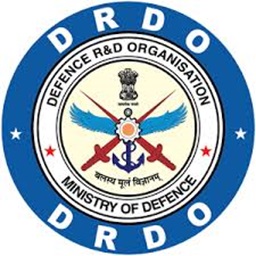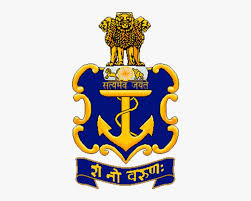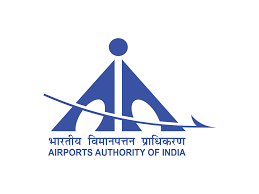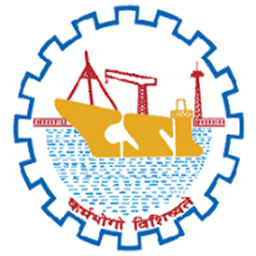DRDO CEPTAM Recruitment 2025 : सेंटर फॉर पर्सोनेल टॅलेंट मॅनेजमेंट अंतर्गत 764 पदांसाठी मेगाभरती – आजच अर्ज करा
DRDO CEPTAM Recruitment 2025 : DRDO – Defence Research and Development Organisation हे भारत सरकारचे सर्वात प्रतिष्ठित संशोधन व संरक्षण तंत्रज्ञान संस्थांपैकी एक आहे. DRDO …










